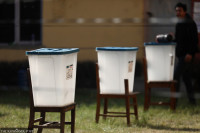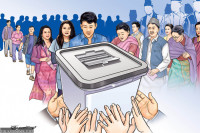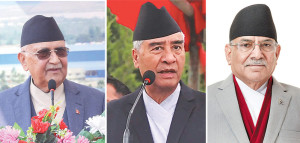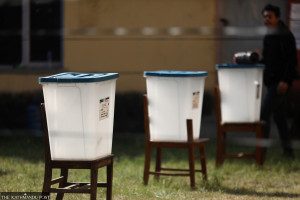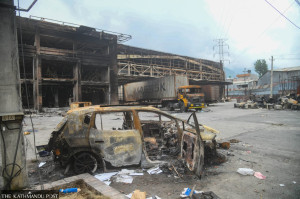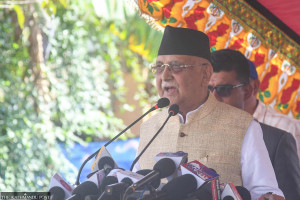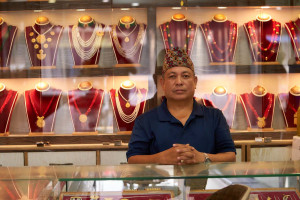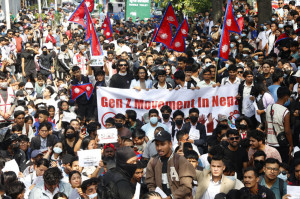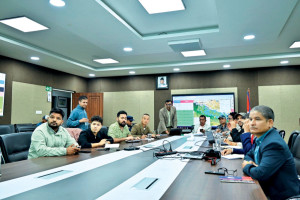Editorial
Let people decide
The idea of a directly elected executive is worth exploring. But such a system can be endorsed only by the ballot box.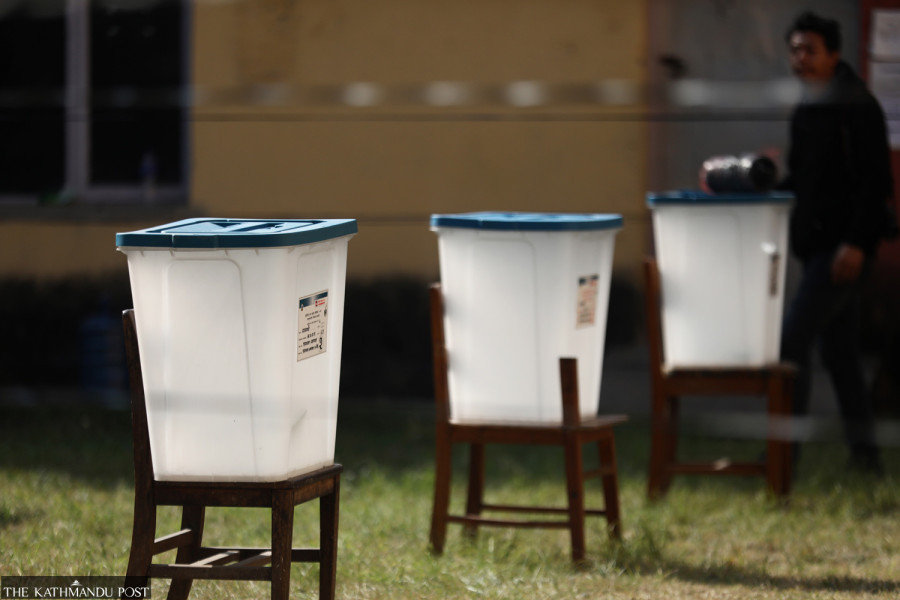
A month after the Gen Z movement, several Gen Z groups continue voicing their demand for a directly elected executive. The debate over the new system of governance has polarised public opinion as groups of Gen Z, notably those led by Prabesh Dahal and Miraj Dhungana, have insisted that the upcoming March 5 elections must introduce a system that enables the people to vote for the head of government.
The drumbeat of a directly elected executive is not a new sound in Nepal. Then UCPN (Maoist), which has now transformed to CPN (Maoist Centre), registered a proposal at the Constituent Assembly demanding a directly elected presidential system in the constitution. Similarly, CPN-UML had proposed a directly elected prime minister during the constitution-drafting process. Although the two parties had proposed different modalities of directly elected executive, they had to settle on a parliamentary system, as advocated by the Nepali Congress. The UML has since backtracked on the agenda, but the Maoist Centre continues to pitch for an executive president.
Gen Z leaders in favour of the directly elected executive system see it as a solution for political instability, believing that a direct mandate will ensure greater accountability and stability compared to the current parliamentary system. But the system with a directly elected executive presents its own perils. It can potentially invite crippling political gridlock pitting the executive chief against the legislature as is happening in the US right now and fosters concentration of power (cue: Donald Trump) as the executive is not directly answerable to the legislature. Yet, as Nepal has discovered over the past three and a half decades, if those entrusted with running the system are compromised, even the parliamentary system is no better at protecting democratic rights or ensuring good governance and accountability. This is why many people want change. But in a democracy the process is as important as the result.
Interim Prime Minister Sushila Karki has clarified that her government does not have the mandate to change the system of governance. The introduction of a directly elected executive chief system through the March 5 elections would imperil the constitution, as it does not envision such a system, and an amendment of the constitution is not possible in the absence of the lower house which was dissolved on September 12. Already, much liberty has been taken with the national charter during the formation of the Karki government. It may not survive further forced changes. Also, skipping the legislature’s role in the constitution amendment and submitting to the demands of a segment of society will set a terrible precedent. It took two constituent assemblies around a decade and tens of billions of rupees to draft the current constitution. Its progressive aspects, including guaranteed representation of women and marginalized communities in state organs, promotion of diversity and devolution of powers are laudable. In other words, most parts of this charter are worth saving.
Many Gen Z leaders who started off by demanding a directly elected executive in snap polls right after the protest have developed a more nuanced understanding of national politics. As a result, they have forsaken the immediate demand for a directly elected executive chief. To get a directly elected executive system, the idea of a directly elected executive must be put to test at the ballot box. Let the political parties who believe in it make it a central plank of their election agenda. Perhaps it is the right system for Nepal. But the sovereign people should have the final say on that.




 14.63°C Kathmandu
14.63°C Kathmandu